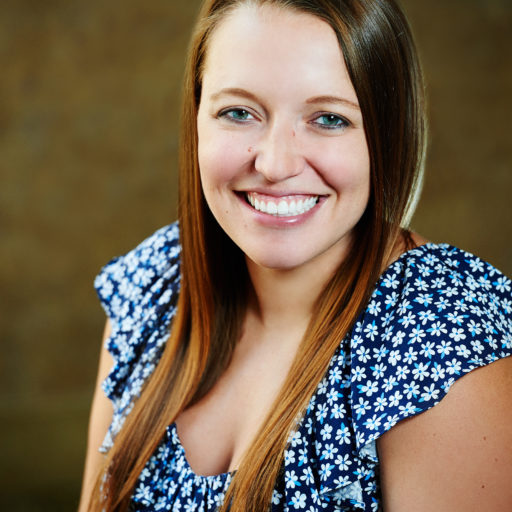A change I made that had a positive impact for a student was to focus on the positives in students, rather than the negatives. This is much easier said than done. Specifically, I think of a student, J. I thought of him as a class clown, someone who constantly cut me off to make side or inappropriate comments. Despite considering myself a patient person, I found myself frustrated that he was the only kid out of a class of 30 to interrupt me, and that he would influence others to do the same. But one day I had a conversation with him that changed how I approached him. He asked me if I missed him after he was absent for a week, and at first, I laughed because I thought he was joking. When he kept pushing for an answer, I just looked at him and said, “Really? You want an honest answer?” His face immediately fell and I realized honesty was not always the best policy. So I immediately changed my tune.
When I treated J like a nuisance, he lived up to that. When I treated J like a person doing his best, he tried even harder.
I started to focus on only the positives of J. When J did work in between his Chromebook game sessions, I focused on praising his finished work over criticizing him for gaming. When J interrupted me to make a comment about the work, I thanked him for being curious instead of getting upset he didn’t raise his hand. Over time, J became more focused by himself: he advocated for his learning needs, identified the classmates he worked best with, and improved his grade from a low D to a solid B. J taught me a lot about the power of perception alone. When I treated J like a nuisance, he lived up to that. When I treated J like a person doing his best, he tried even harder. I approach all of my students with this same level of trust, praise, and love, and it’s changed my practice for the better.
– Amy Wang, 2019 Knowles Teaching Fellow
I have a student who often gives me some trouble in the classroom, they get distracted easily and I find them wandering around the room. Frustrated with this, I called their mother and had a conversation about it. The conversation did not help me solve the issue, but it was nice connecting with the parent to learn a bit about the student. On my daily walk to get coffee, I bumped into the student in the hall. I let them know I just called their mom; they gave me an annoyed expression in response. They told me they were kicked out of math by the teacher for “no reason.” Through roundabout questions, I found out that the student was kicked out because they were out of their seat working inside a bookcase (not sure how that works). I let the student know that, honestly, sometimes it’s hard to tell if they’re doing work when they change their seat so often. The student assured me that they are doing work, they just hate sitting. I offered a deal to the student, I’ll give them a nice stool to work on for class, if they can show me that it’ll help them focus in class. Ever since that small change, the student has become a class leader—sharing out and helping others in the classroom. This was a really big turnaround. At first, I thought the stool was magical, but I realized that the student really just wanted to be heard by their teachers. It can be hard to make space for students to express their needs when there is such a high pressure to maintain a classroom environment that follows all the norms, but sometimes all it takes is an honest conversation with the student to make that space for them.
– Daniel Rodrigues, 2023 Knowles Teaching Fellow
Students love seeing their questions on the board and then they actually keep trying to figure out the answer.
Instead of telling students, “Wow, that’s a great question. We will answer that next week,” I have them write it on my whiteboard so I can remember their questions. Students love seeing their questions on the board and then they actually keep trying to figure out the answer. It has also promoted really good cross class conversations. Currently, my favorite question on my board is “How would you separate the components of a baked cake using chemistry?”
– Allison Hardy, 2020 Knowles Teaching Fellow
Allowing retakes. Many of my students struggle with anxiety and depression. Those that don’t are still under huge amounts of stress. To help combat that, I let students revise their work and retake tests and as a result, my class has become more of a progression toward mastery than a series of high stakes assessments that only capture what a student can do at one point in time. Surprisingly, not many students end up having/choosing to do retakes. Maybe this is because (not so surprisingly), they are not as stressed and anxious when they take an assessment the first time.
– Beverly Stuckwisch, Knowles Senior Fellow
Like many other teachers, I use a stack of cards with student names on them for random calling. Last year, a student said it might be less stressful if students were the ones to call on each other using the cards. It works great and has two huge bonuses: students learn each other’s names, and I don’t have to be the center of attention!
– Jason Garver, 2019 Knowles Teaching Fellow
An ongoing feature in Kaleidoscope, Call and Response features short responses to a writing prompt. Do you have an idea for a storytelling prompt? Contact us at kaleidoscope@knowlesteachers.org.








